The (Literal) Ins and Outs of IUDs
I have a special anniversary coming up in February—and no, it’s not my wedding anniversary or related to Valentine’s Day in any capacity. It’s the anniversary of the day I got my Mirena IUD inserted.
Should I throw my IUD a goodbye party or something? I can find some of those pink vajayjay hats online, right? Is it rude of me to just have her removed without a formal goodbye?
I mean, my IUD was a literal part of me for 5 years, but alas, she’s going to expire soon. Game over.
View this post on Instagram
I need to make a decision. Do I…
– Get a brand new “good for 5 years” IUD (maybe)
– Go back to birth control pills (ehhh)
– Get Depo shots (I hate needles)
– Or a tubal ligation (do I need yet ANOTHER surgery in my lower extremities?)
…so many choices.
A little background: After I had my second child at age 38, my husband and I decided NO MORE BABIES. We adore our kids, but are dunzo; two is enough, thank you. (And no, we’re not “going for a boy,” after having two girls, so don’t ask.)
I love that many women today have healthy babies through their 40s, including good friends of mine, but I’m good, thanks.
View this post on Instagram
So, next steps.
I don’t want an oops pregnancy in my mid-40s, so I definitely need to go back on some type of birth control once my OBGYN removes the IUD in just a few months.
I know, my husband could and probably should get a vasectomy. However, there’s something I like about being in control of my own body in a Blue State as kind of a “nah-nah-nah-nah-nah” to the Supreme Court. (Although rest assured, I’ll bring up vasectomy with “the hubs” again soon. I’m a Cancer, we don’t give up easily.)
I’m leaning towards getting another IUD (for now), and realized even though I have an IUD I don’t know that much about all the new ones on the market.
That’s kind of embarrassing, so I decided to chat with an OBGYN about everything IUD.
Here’s what Dr. Kelli Burroughs, Department Chairman of Obstetrics and Gynecology at Memorial Hermann Sugar Land Hospital told me about IUDs.
This breakdown is informative in case you’re considering an IUD as a form of birth control, to lighten your period, or both. Plus there are so many myths out there about IUDS! I’m grateful Dr. Burroughs was able to clear up some rumors for me.
@obnursejenIUD birth control♬ MEAN! – Madeline The Person
Which ones are best for you
According to Dr. Burroughs, the best way to decide regarding use of an IUD is to meet with a medical provider. Overall, she says, “IUDs provide convenience in comparison to a daily oral birth control pill.”
There are 5 different brands of IUDs that are FDA approved for use in the United States: Paragard, Mirena, Kyleena, Liletta, and Skyla. These differ based on the length of time for use, the size of the device, and hormonal level.
Why they’re popular options
By choosing an IUD, the patient doesn’t need to take a daily medication, says Dr. Burroughs. (And to be honest, I wasn’t that great at remembering to take my birth control pills daily in my twenties.) “With our busy lives, remembering to take a pill everyday can be a challenge. IUDs are effective from 3-10 years, depending on the type. Therefore, the patient has long term protection from pregnancy.”
Side effects of IUDS
Look, everybody and every BODY reacts differently to every single medicine out there. So, some women may have side effects from IUDs—and some may not. “With any implant/medication there are risks,” says Dr. Burroughs. According to American College of Obstetrics/Gynecology (ACOG), IUDs are overall considered safe. “Known risks with IUDs include abnormal bleeding, pelvic inflammatory disease, uterine perforation, and ectopic pregnancy.”
Age range for IUDS
According to ACOG, intrauterine devices should be offered routinely as safe and effective contraception option for nulliparous women and adolescents. “There is no age cut off for the use of an IUD, but women who are in menopause no longer require contraception,” says Dr. Burroughs.
The trues and falses of IUDs
I’m guilty of thinking IUDs are mostly recommended for women who already had biological babies—which is why I was on pills for so many years. Dr. Burroughs corrected me—IUDs are NOT just for women who’ve birth. “The facts are nulliparous patients (women who have not had children) and even adolescents are candidates for IUDs.”
Another myth: “Most people with IUDs have persistent pelvic pain and most people with IUDs have persistent vaginal infections (bacterial vaginosis or yeast infections).” Nope. (Can confirm in the 5 years I’ve had an IUD, I only had once yeast infection, and I got one when I was on the pill too, so…but again, every BODY is different.)
@thejuliacarter 5+ more years (if I want!) ☺️🙏🏽 Mirena is amazing ❤️ #fyp #medicine #obgyn #mirena #contraception #iud #iudinsertion #iudremovel #medstudent #medschool #nokids #TalkingTree #MoveWithTommy ♬ Le Calin – 斌杨Remix
The removal process sucks (sometimes)
Good for me to know: According to Dr. Burroughs, the IUD removal process is typically well-tolerated if the IUD strings are visualized at the level of cervix. If the strings are not visualized, the process of removal might be more uncomfortable and required additional steps.
IUDs may totally stop your period
The Mirena IUD is FDA-approved for treatment of heavy bleeding in women who use the method for contraception, and it is used widely for this indication, says Dr. Burrough, citing the ACOG Practice Bulletin Number 186/Nov 2017. “Menstrual bleeding reduction of 79-97% has been reported in the literature.”
I get a very light period for two days twice a year, no cramps, on my IUD. However, my friend Christy said her period totally stopped since she got her IUD inserted 3 years ago.
Resources if you need help
If you’re like me and stuck in birth control decision limbo, hopefully this info gives you a place to start navigating your next steps with your doctor.
If you’re looking for resources, Planned Parenthood and Federally Qualified Health Centers (FQHCs) can provide affordable access to healthcare, including IUD insertions.
As always, if you have any questions about your choice of birth control, talk to your OB-GYN. And if you don’t feel like they’re supportive, find another doc.







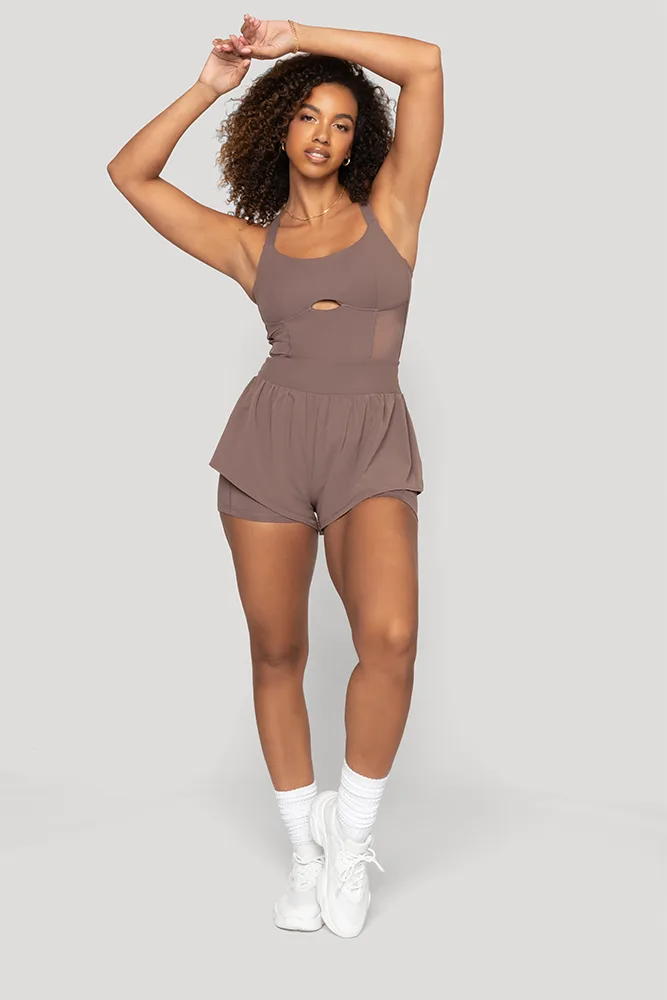
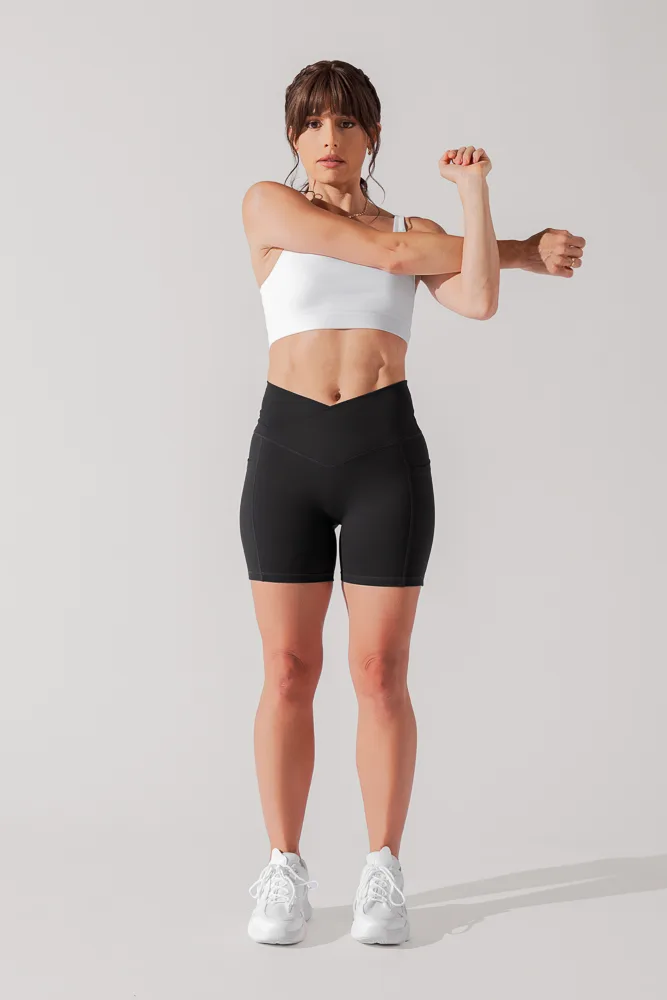

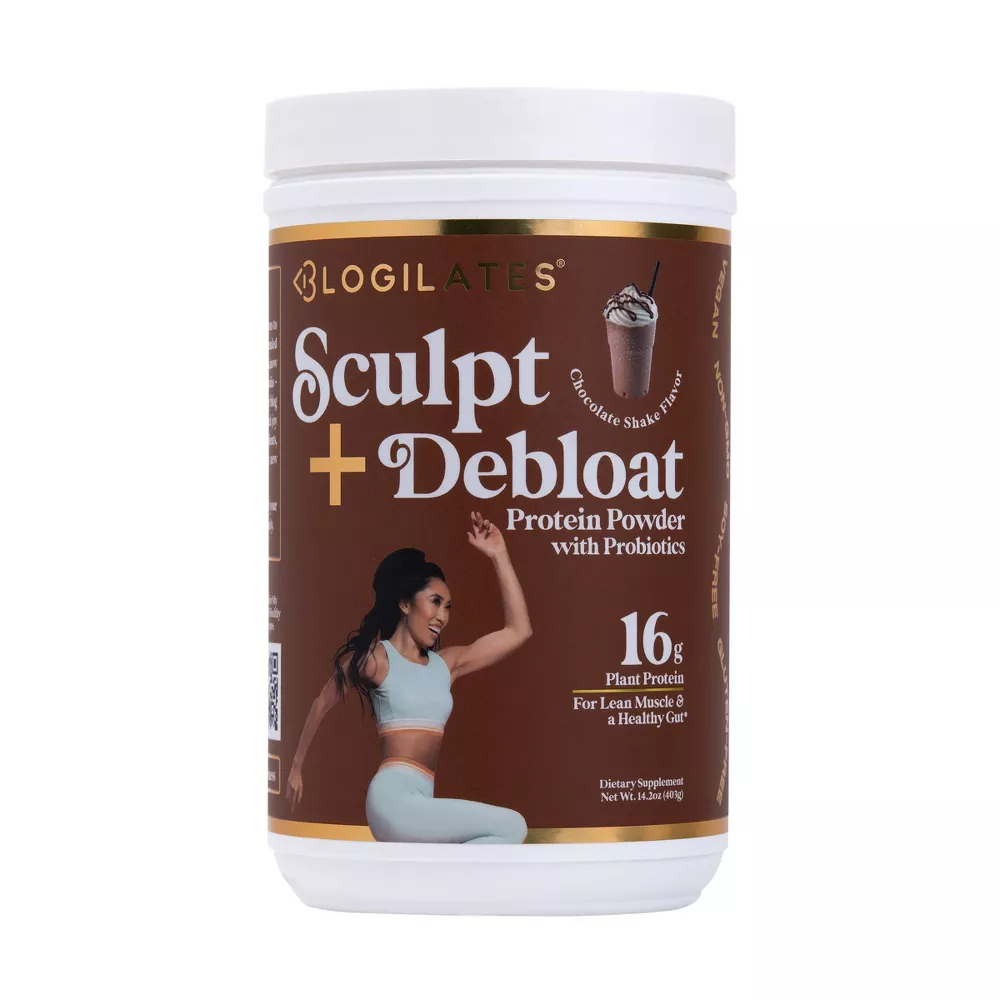
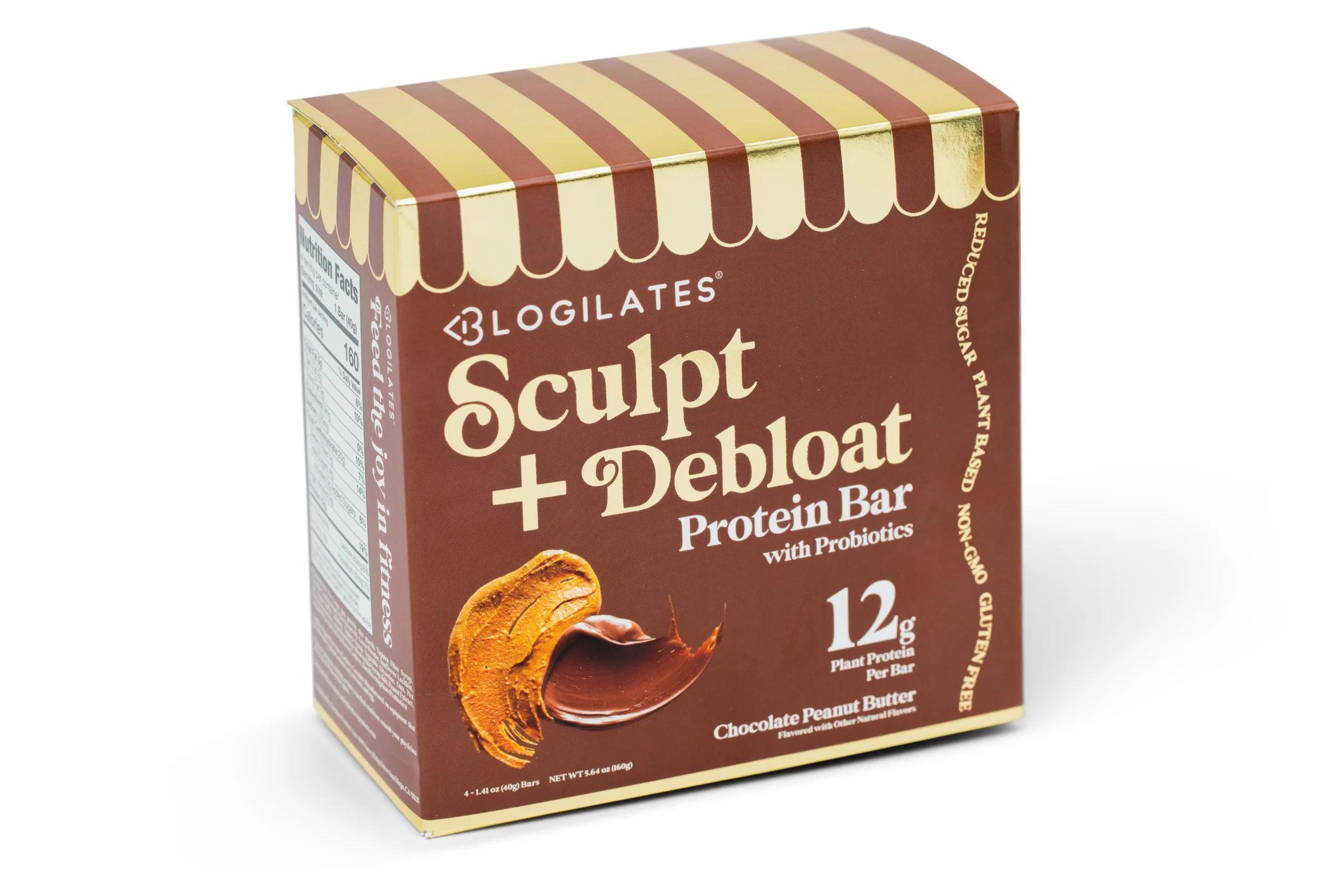
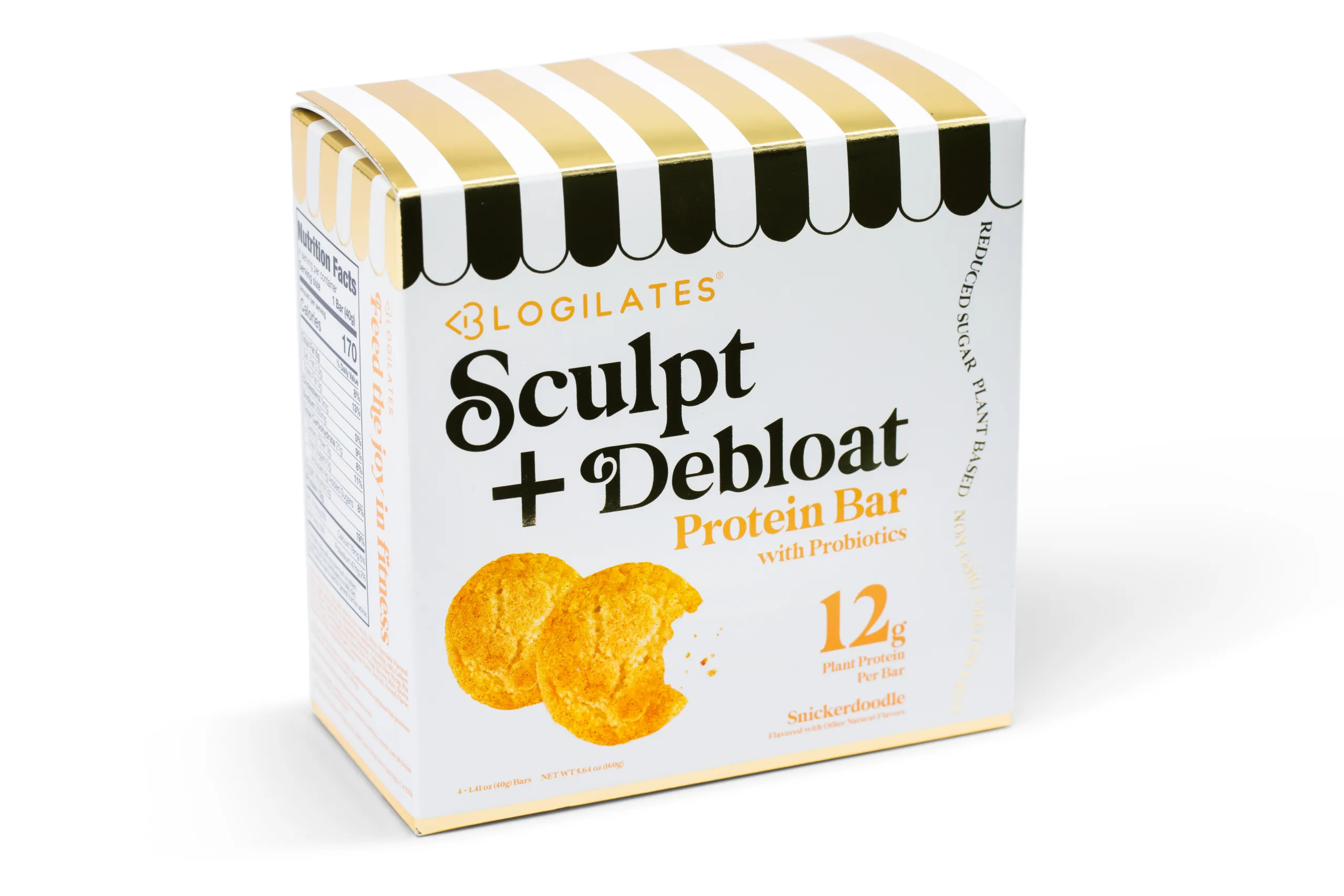
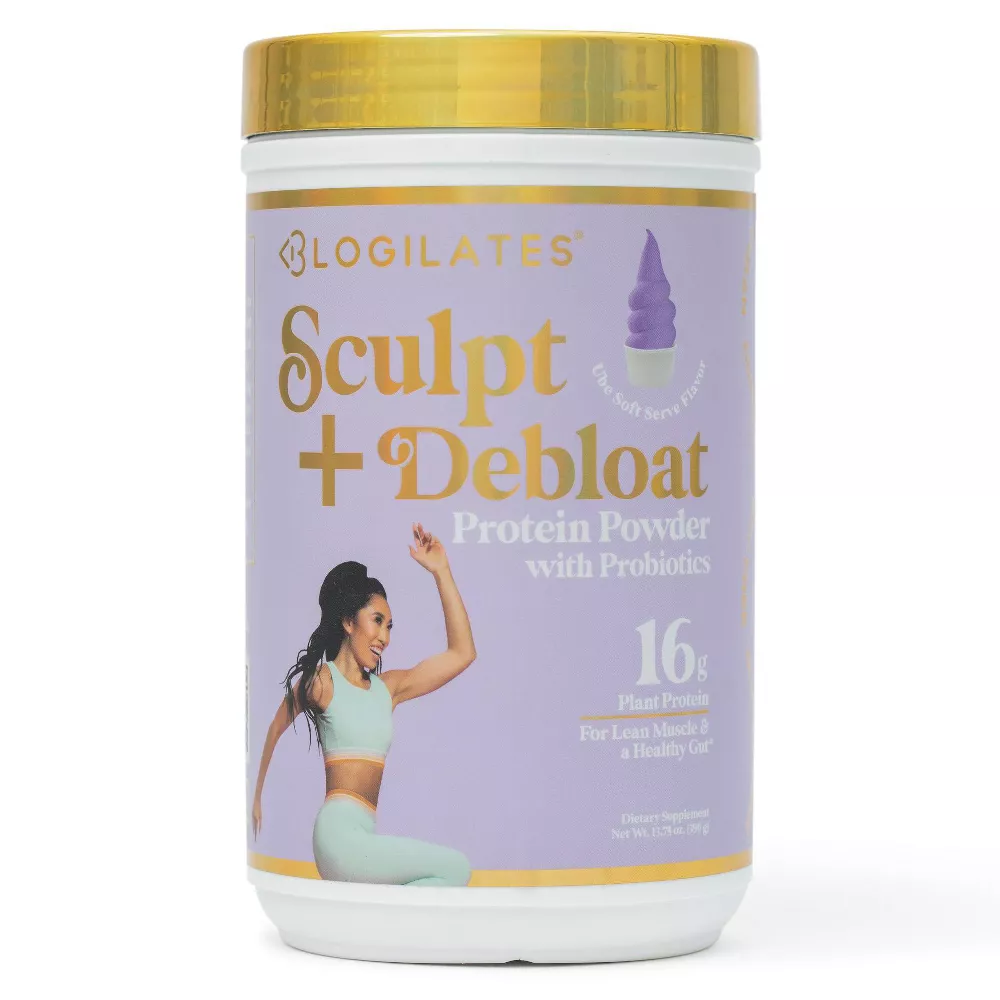




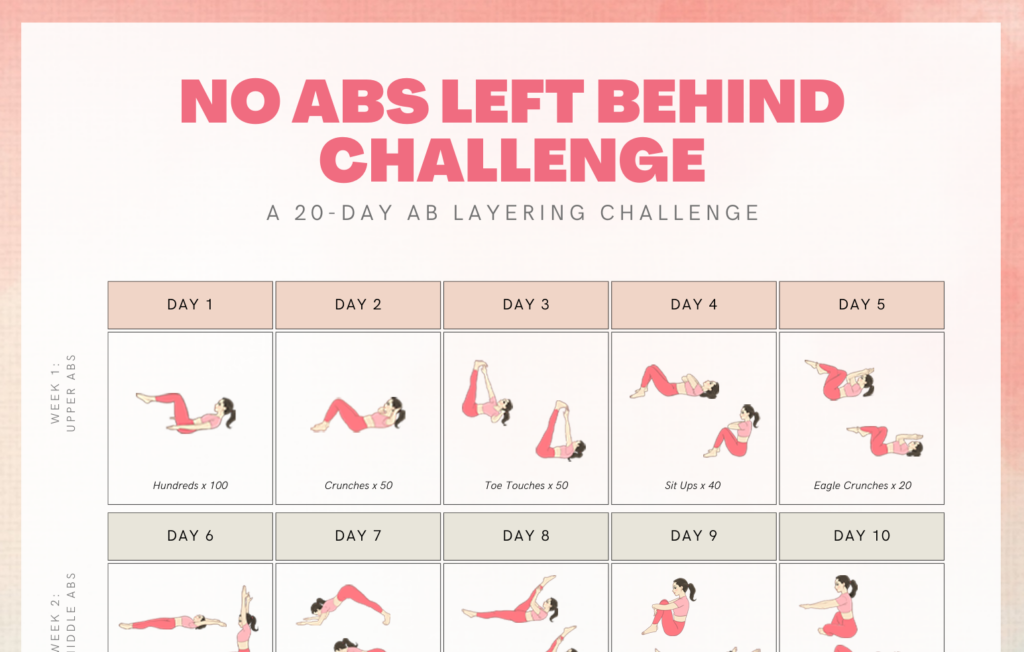

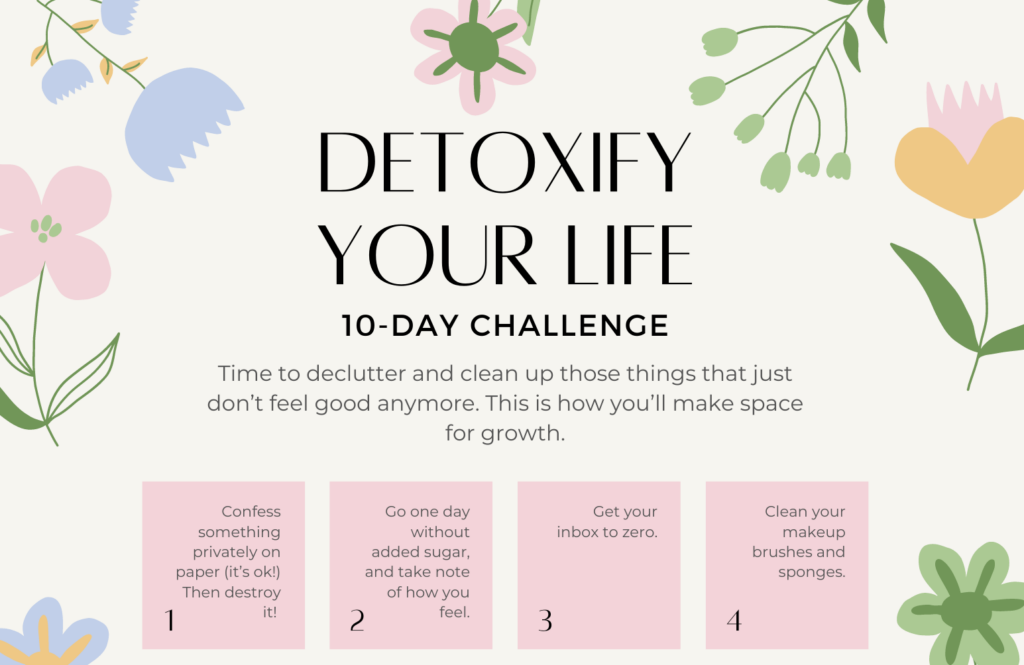
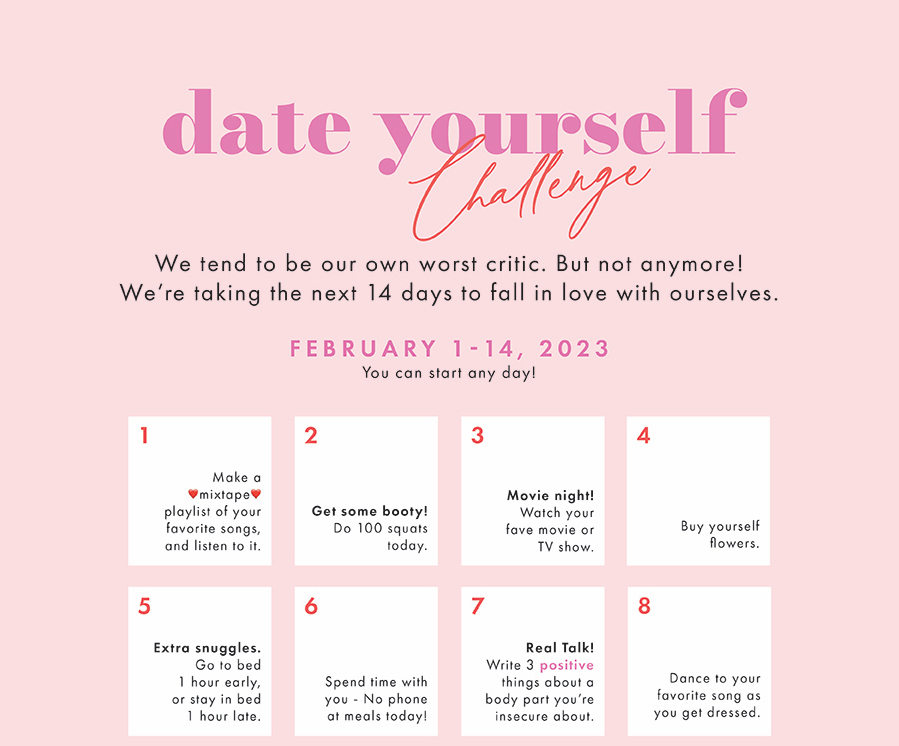
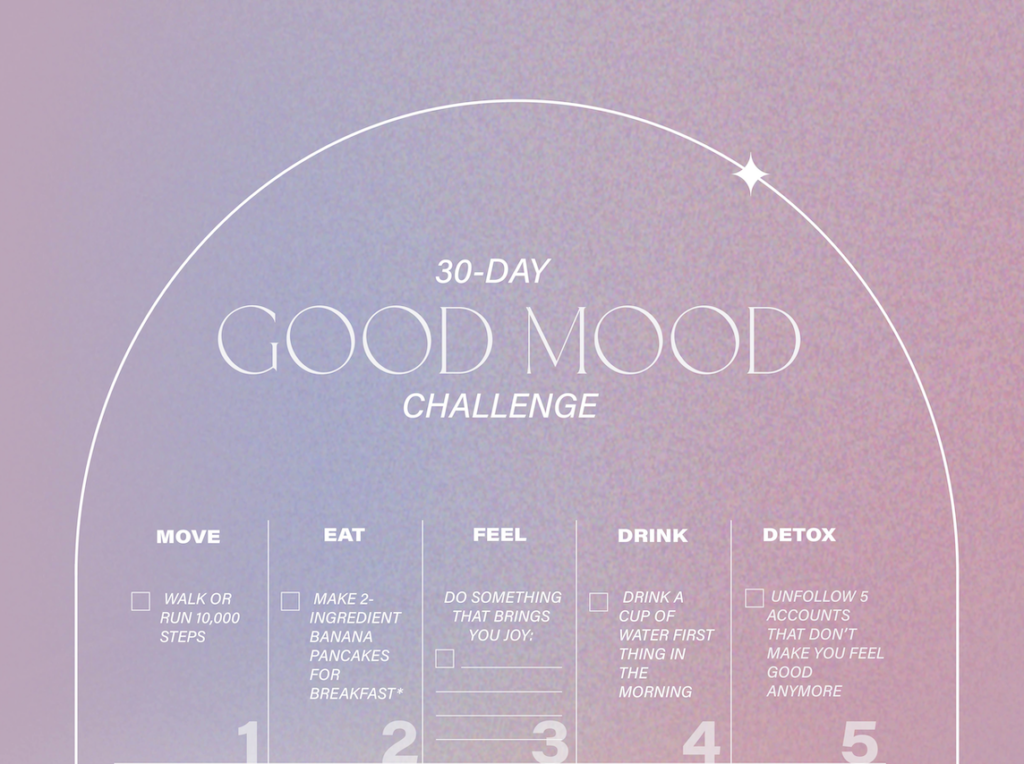
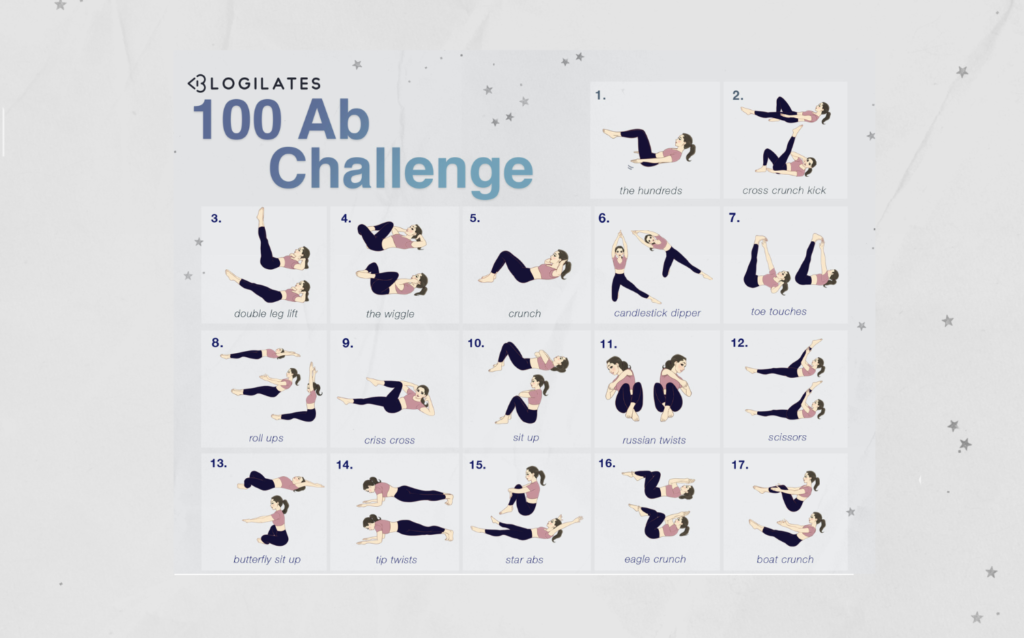
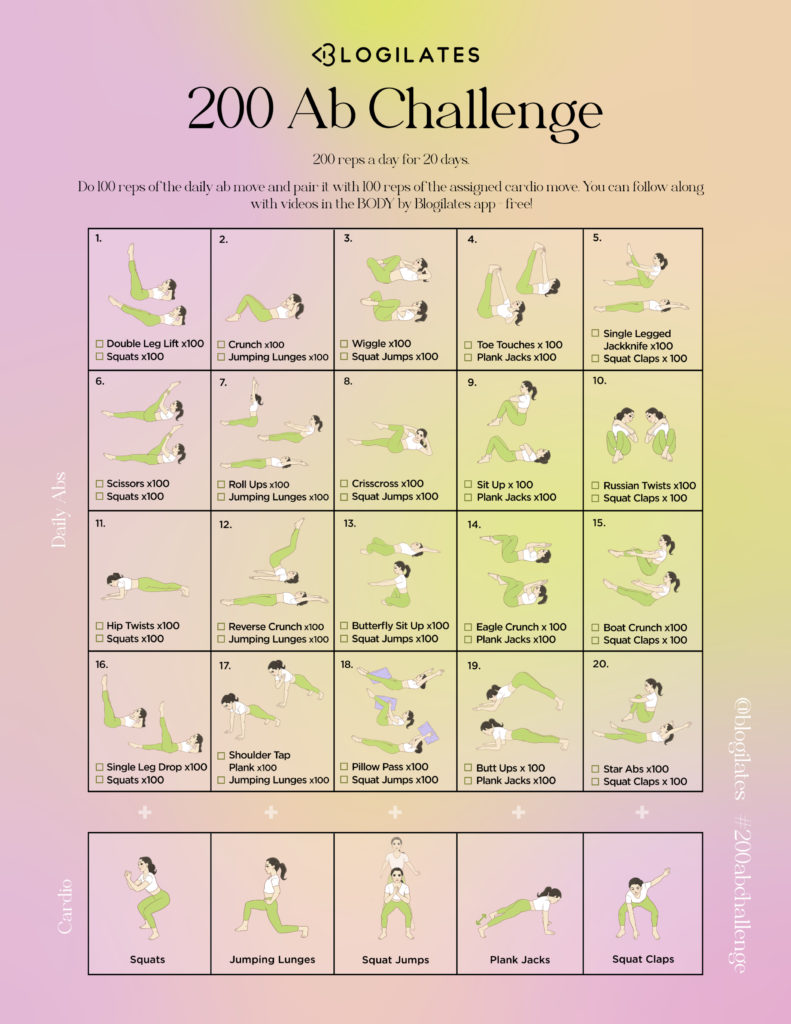


3 thoughts on “The (Literal) Ins and Outs of IUDs”
There are 3 comments posted by our users.
I just got my second (5yr) Kyleena. Here’s my story:
The first time I got it, I cramped for 3 solid months (I had read they could last up to 6). The pain was Awful, but I kept telling myself to get through it because my desire to not have kids was stronger than whatever temporary pain I was in. After that ended, I had no period and only once every few months had a slight twinge of pain which went away after an hour or two
The second time I got it, I had no months long cramps and there’s been only a small issue with a little extra bleeding on occasion. My gynaecologist said since my body is already used to having something in it, it will do much better this time around
Both times I got the IUD, I was told to take 3 Advil every 6hrs or 4 Advil every 8hrs for 24hrs before and after insertion. I was also given a prescription for a cervix opener. Insertion hurt both times, but removal was painless
Will definitely be getting another one!
My IUD has been a total game changer as someone who doesn’t want kids OR a period. Highly recommend!!
Be warned – the removal process can be really horrible. When I had my IUD changed a few years ago, I felt so sick and dizzy afterwards I had to sit in the nurse’s office with my head down for about half an hour and then had to get a cab the 20-minute walk home. It has recently – finally – become standard practice in the UK for the nurse/doctor to offer a woman pain relief before the IUD is removed or inserted. PLEASE make sure you get some